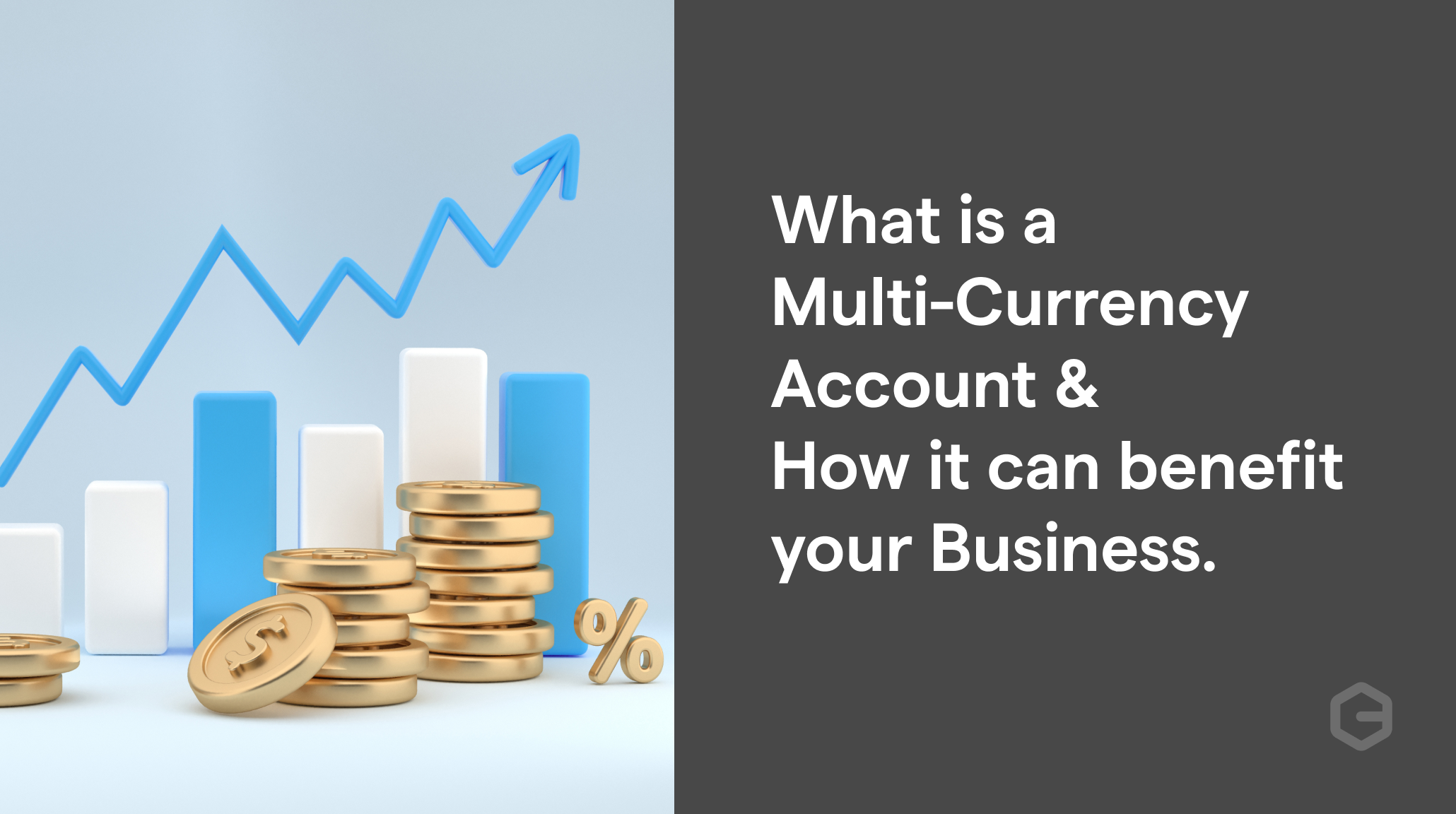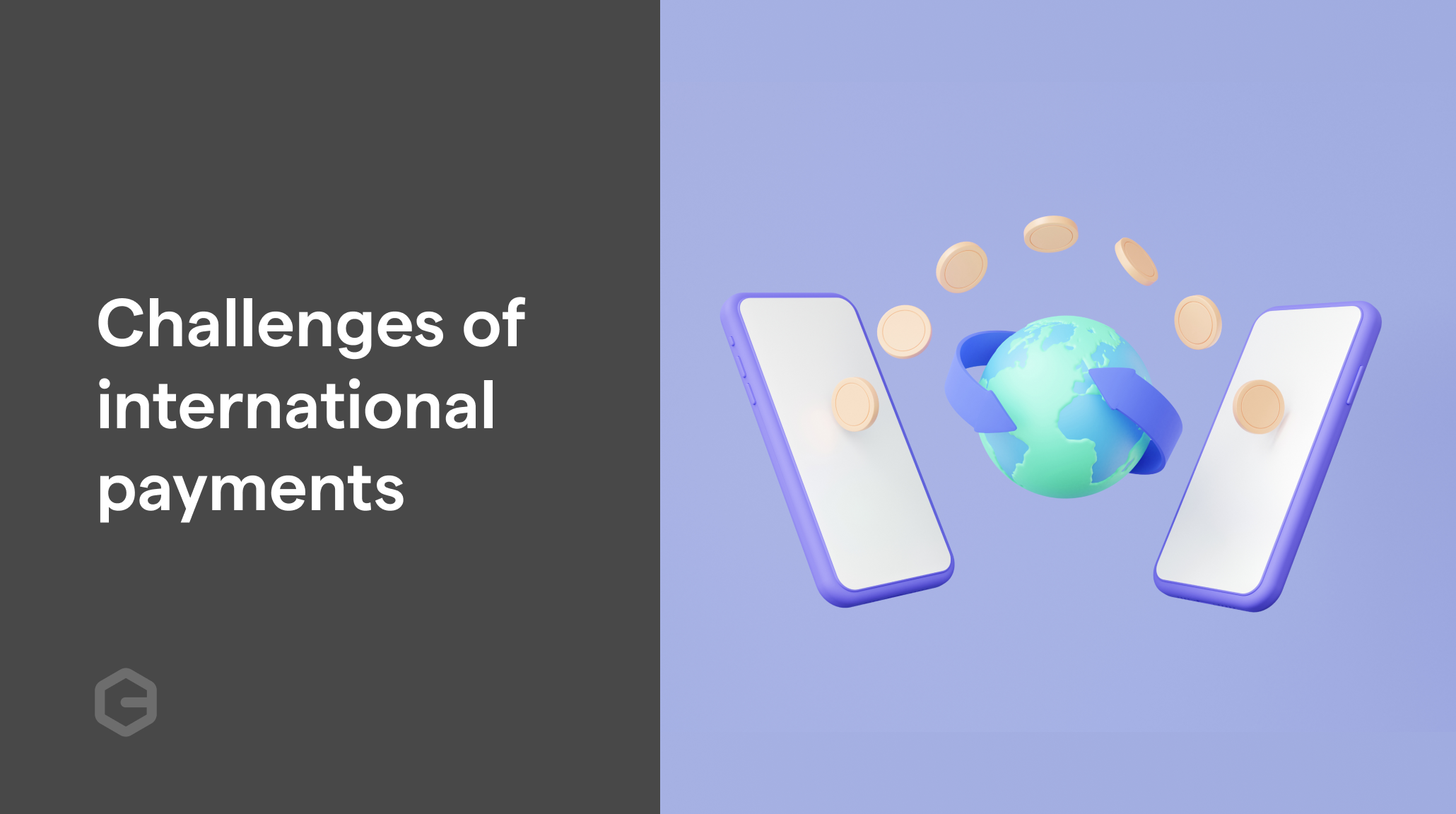Imagine a world where payments are quick, secure, and effortless with just a simple scan. QR code payments have made this a reality, transforming how we handle transactions. If you’ve ever wondered how these little square patterns of cryptic code can transform how your payments are processed, you're in the right place.
The rapid expansion of QR codes for payment is no coincidence. They have been popular due to their ability to combine speed, security, and simplicity.
This blog will explain exactly how QR code payments work, why they’re a game-changer in the payment landscape, and the challenges involved.
What is a QR code For Payment?
A QR code payment is a contactless, digital transaction in which a QR (Quick Response) code acts as the payment medium. It is a variation of two-dimensional barcodes, which, in the payment landscape, represent data, such as the transaction amount, the receiver's account information, and any other payment-related data in a machine-readable form.
Instead of entering the transactional data manually, the buyer uses scanning software, usually on a smartphone camera, to scan the QR codes. This makes the payment procedure more effective by eliminating the need for cash or credit/debit cards.
Example of QR Code Payment
Suppose you're an exporter selling handcrafted goods to US and European customers. With traditional payment methods like credit and debit cards, you face high transaction fees and delays in currency conversion. By integrating QR code payments, your international customers can simply scan a QR code at checkout, and the payment is instantly processed in their local currency.
This eliminates conversion costs and speeds up the transaction, ensuring your business gets paid faster while providing customers a seamless, secure experience.
How Does QR Code Payment Work?
This section explains how QR code payments work, from initiation to completion. Here&apso;s a step-by-step guide:
QR Code Generation
The merchant generates a unique QR code with their payment information using a payment service provider like PhonePe or Google Pay, places it on the checkout page of their website or app, or prints it on a paper receipt for easy access. QR codes can be of two types:
- Static QR Codes: These fixed codes carry established payment information that cannot be altered once the code is generated. They are frequently used by small firms or for repeat purchases.
- Dynamic QR Codes: These real-time transaction-specific codes allow the payment amount to be customized for every transaction. They have a hard-coded primary URL that redirects to a second URL that can be changed on demand, even after a code is printed. They provide improved security and extra payment information, like invoice numbers.
Did You Know? A significant benefit of dynamic QR codes is their ability to track, scan, and capture the device used, its location, and time. Businesses can obtain valuable information for data analysis from this.
QR Code Scanning
Customers scan the QR code the merchant displays at the point of sale or on a digital platform using a smartphone's camera and a mobile payment app like Google Pay, Paytm, or PhonePe.
Payment Details Extraction
After decoding the QR code, the software retrieves the required payment information, including the merchant's account credentials, such as their name, account number, and transaction amount.
Payment Confirmation
The buyer confirms the payment amount and the merchant's information. They may have to input the precise amount to be paid if the QR code is dynamic.
Payment Authentication
The buyer authorizes the payment by entering their password or PIN or utilizing the payment app's biometric authentication (facial recognition or fingerprint).
Real-Time Processing
The payment gateway or processor receives the payment request and checks the transaction information with the buyer’s wallet or bank. After approval, the funds are immediately moved to the merchant's associated bank account or mobile wallet.
Payment Confirmation
A digital receipt for the transaction and real-time confirmation are sent to the merchant and the buyer.
Why QR Code Payments
As the name suggests, the Quick Response code is much quicker than the conventional approach of swiping a card and entering a PIN code on a physical reader.
Fast and Convenient
Compared to conventional payment methods, transactions can be completed in seconds by merely scanning a code, saving time and effort.
Also Read: Understanding How Long SWIFT Transfers Take
Contactless
Paying with a QR code is a safer and more hygienic alternative because it does not require handling actual cash or credit cards.
Cost-Effective
Several QR Code APIs and payment service providers allow you to create QR Codes for free, removing the need for standalone card readers that connect to expensive point-of-sale (POS) systems.
Improved Security
QR code payments benefit from security features such as:
- Encryption and Tokenization: Payment service providers safeguard sensitive data while it is transmitted using encryption. Furthermore, tokenization adds additional protection by storing client payments as tokens in a digital wallet that are then transformed into payment instruments for transactional purposes.
- Two-Factor Authentication: To prevent unauthorized access, most mobile payment apps require users to log in via a payment app, enter a one-time passcode, or use biometric verification to authorize transactions.
- Secure Protocols: To protect customer data, payment service providers follow industry-standard security standards, such as PCI-DSS compliance and SSL/TLS encryption.
Broad Applicability
QR codes are used for retail payments, online shopping, e-commerce, utility bill payments, peer-to-peer payments, subscription payments, contributions, and ticketing. Because of their adaptability, QR codes are a popular payment option in many businesses.
Cross-border Functionality
Depending on the compatibility of payment systems across different countries, cross-border QR codes allow customers to pay in their local currency, reducing the complexity of currency conversion and minimizing international transaction fees.
Pro Tip: As a merchant, exporter, or freelancer, use PayGlocal’s multi-currency support to send invoices in 33+ currencies. This helps clarify the payment amount and makes clients more likely to pay on time.
Also Read: Understanding International Transaction Fees: How Businesses Can Thrive Globally?
Eco-Friendly
QR code payments facilitate environmental sustainability by reducing dependence on paper receipts, invoices, and cash, offering a greener alternative.
Despite the advantages mentioned above, using a QR code for payment has its share of challenges. Let’s explore them next.
Challenges in QR Code Adoption in Payments
It is essential to understand that adopting QR codes for payment comes with certain hurdles you need to navigate to ensure smooth implementation and long-term success. Let’s find out.
Cybersecurity Risks
Scammers often attempt to deceive users by displaying fake QR Codes or directing them to malicious websites.
Pro Tip: Using PayGlocal’s Sanction Screening Tool can help add an extra layer of security, so clients know their payment data is well-protected.
Dependence on Internet Connectivity
QR code payments require a steady internet connection. Hence, payments often fail or are interrupted in places with inadequate network coverage.
Limited Global Acceptance
Although QR code payments are becoming increasingly common in many countries, not all have adopted them. Traditional payment methods, such as cash and cards, are still widely used in some areas.
Pro Tip: Expand your global reach like never before by complementing card payments with alternate local payment methods.
No Automatic Refunds
Since QR code systems typically do not permit automatic refunds, users must manually request refunds in case of wrong payments, which is usually time-consuming.
Having understood the pros and cons of integrating QR codes for payments, let’s explore how technology will shape their future.
Looking Forward: The Future of QR Payments
The future of QR code payments is bright, especially as emerging technologies like AI and blockchain continue to evolve. These innovations will further enhance QR payments' capabilities, making cross-border transactions even more seamless, faster, and secure.
Predictive analytics can optimize payment processing, while blockchain can ensure transparency and reduce fraud risks. Additionally, integration with IoT and wearables will further streamline payment experiences globally.
As QR code payments continue to gain momentum, businesses that embrace these advancements will be able to keep up with the competition.
Conclusion
QR code payments are revolutionizing how businesses handle transactions, offering faster, safer, and more cost-effective methods for domestic and international payments. By simplifying the payment process, QR codes eliminate the need for physical cards or cash, offering customers a seamless, contactless experience.
As you explore the benefits of QR codes for payment for your business, it’s crucial to integrate them into your payment strategy for smoother, more efficient domestic and cross-border transactions.
Ready to enhance your payment system? Discover how PayGlocal’s solutions can help you seamlessly manage global payments and provide your customers a secure, frictionless payment experience.
FAQs
How is the Indian government supporting the adoption of QR codes?
The Indian government’s initiatives, like Digital India and Make in India, drive the widespread adoption of QR codes. Programs offering reduced transaction fees for merchants have accelerated QR code usage. Additionally, government-to-person (G2P) payment systems utilizing QR codes have made subsidy distribution more efficient and transparent.
Are QR code payments for international transactions widely accepted?
Countries like India, Brazil, and China are already leading the way by integrating QR codes into their national payment systems. This promotes financial inclusion and makes international transactions more accessible than ever.
What happens if a QR code payment fails?
A QR code payment will not be executed if it is unsuccessful due to technical difficulties or a lack of funds. The merchant and the client will be notified of the failure in such circumstances.


